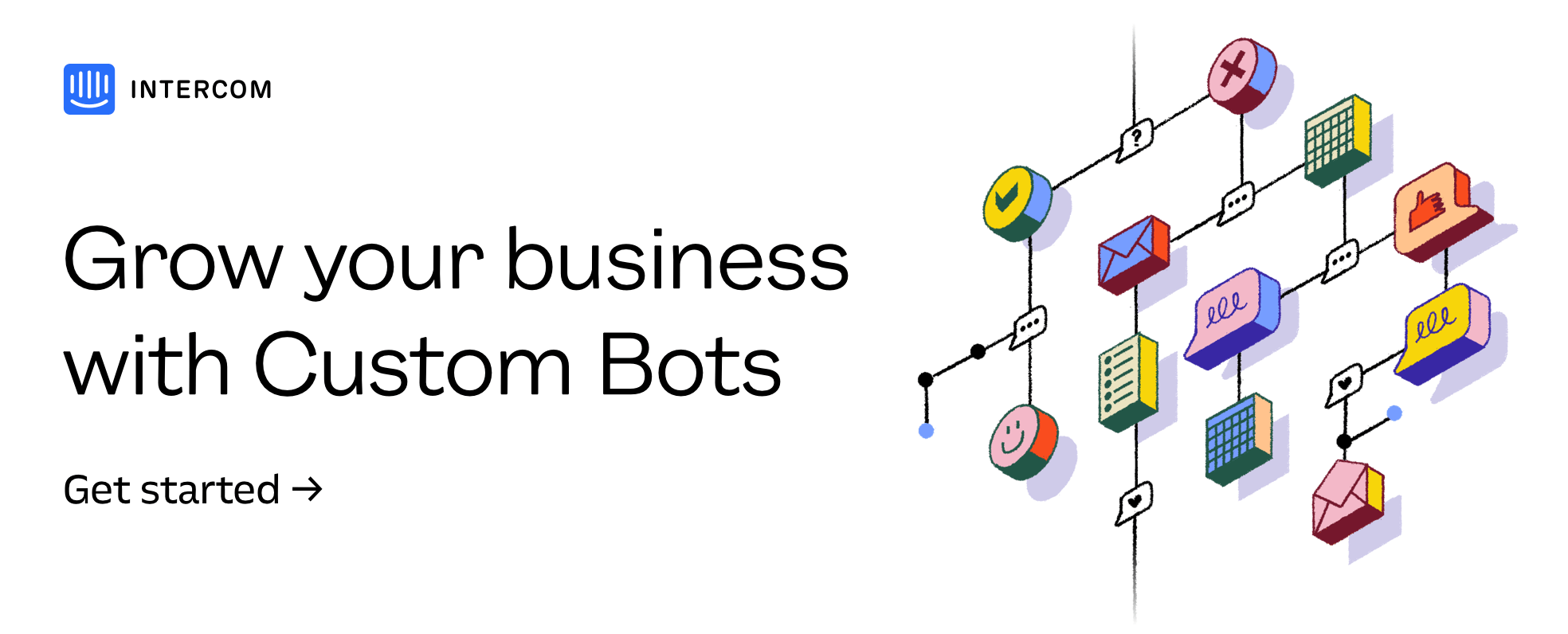
Bot names – what should you name yours?
Main illustration: Pedro Piccinini
Every year in design circles, there’s a buzzword. This year, the buzzword is without question bots. And as with anything we build, we give bots names.
It’s something most of us don’t even question. They come pre-personified and ready for us to start that human-computer relationship, just like HAL 9000 or Her: there’s Siri in our iPhones and Alexa in Amazon’s Echo. There’s Facebook Messenger’s PSL (Pumpkin Spice Latte) Bot. A name can be a way of expressing trust in an object — or expressing control over it. In design terms, a name is a kind of affordance — a handle we can hold onto.
As the resident language expert on our product design team, naming things is part of my job.
When we name the tools we use, we assert control over them.
When we began iterating on a bot within our messaging product, I was prepared to brainstorm hundreds of bot names. Gendered, non-gendered, functional, etc.
But first, we did some testing with actual end users to understand their relationship with bots, language, and names. We learned that giving a bot an identity isn’t always for the best. Naming a bot Siri does not necessarily have the same relationship-building effect as calling your car Bessie or Old Faithful.
How our bot names caused friction
In a voice-activated bot, names are pretty functional: saying “Siri”, “Alexa” or “OK Google” is the conversational equivalent of opening Google and entering a search term. When you see a search bar, your brain leaps from idea — there’s something I want to find — to action. We do this so often — over 40,000 times a second — that we don’t think of it as conversing with the system, though we are asking a question and expecting a response.
But names don’t trigger an action in text-based bots, or chatbots. Even Slackbot, the tool built into the popular work messaging platform Slack, doesn’t need you to type “Hey Slackbot” in order to retrieve a preprogrammed response.
Speaking our searches out loud serves a function, but it also draws our attention to the interaction. This can have both good and bad effects. Voice is fundamentally more humanizing than text. A study released in August showed that when we hear something vs when we read the same thing, we are more likely to attribute the spoken word to a human creator.
But what is humanizing can also be irritating. We may find it far more exhausting, as humans, to say “OK Google” 75 times a day than to silently open a laptop and search.
At Intercom, we make a messenger that businesses use to talk to their customers within a web or mobile app, or with anyone visiting a businesses’ website. It lets them send simple messages back and forth. This type of tool has a ton of potential use cases for a bot— answering simple questions when a business is offline, or asking customers questions that business can use to improve their service.
There’s school of thought in design that describes it as almost invisible.
And from a design perspective, bots are aligned with the whole concept of messaging-as-a-platform — we could build a bot right into our own messenger, using the same simple elements we’d already designed for human-to-human conversation.
So when we started with building our bot Operator, we wanted to use those simple elements to communicate: we gave our test bot a name, and let it introduce itself like a real person would: “Hi, I’m Bot, Intercom’s digital assistant”.
What we found was surprising. People hated this bot — found it off-putting and annoying. It was interrupting them, getting in the way of what they wanted (to talk to a real person), even though its interactions were very lightweight.
We tried different things: alternate voices, so that the bot was sometimes friendly and sometimes reserved and functional. But we didn’t see much change.
It was only when we removed the bot name, took away the first person pronoun, and the introduction that things started to improve. The bot name, more than any other factor, caused friction.
Giving a bot a name makes the user more uncomfortable
We’ve been telling ourselves scary stories about robots for over a century, stories in which we simultaneously pity and mistrust them. When we name the tools we use, we assert control over them, we do that because we want to be the ones having the interaction, doing the job.
The digital tools we make live in a completely different psychological landscape to the real world. We can’t get a handle on them, literally. There is no straight line from a tradesman’s hammer he can repair himself, to a chatbot designed and built by a design team somewhere in California (or in Dublin, in our case).
Unlike most writers in my company, my work does its job best when it’s barely noticed. Control is incredibly important in designing digital tools — most language we see and experience in a product is about affording control and understanding to you, the person using the product — not me, the writer. To be understood intuitively is the goal — the words on the screen are the handle of the hammer.
Bot names and identities lift the tools on the screen to a level above intuition. They make us see the tool in all its virtual glory, and place it in an entirely different context to the person using it — and not always a relationship that person asks for or appreciates.
This might be due to novelty — we might become more comfortable with the virtual, more trusting of it (though this year’s headlines haven’t given us much to trust). But despite the hundreds of movies we’ve made and books we’ve written about robots, introducing personality into technology might not be the way we become more comfortable.
There’s another school of thought in design, one that describes it as almost invisible. Siri and Alexa might have been thought of as examples of this type: you can’t really see them, and so they disappear into the background. But that’s not necessarily true.
As humans, we’re visual people – we respond to what we see. But even more than that, we’re social — we respond to the things we can speak to. It’s why we name our possessions, and why we fear the pretend humans we’ve been imagining for so long.
Making technology disappear so that it becomes a true tool for humans— like a hammer, or a nail, or a pencil — that’s the true measure of success for today’s designers. And making tools quieter to use, so we can use them more intuitively— that’s the true measure of success for a designer who deals in words.
This post was originally published in TechCrunch.







